As we enter into the busy holiday season, we acknowledge the countless hours of work by caregivers and the extra level of support they need while navigating additional demands. In the United States today, millions of people with serious chronic or advanced illness can remain in the comfort of their home, thanks to unpaid family caregivers. Now 53 million strong, these unsung heroes provide critical emotional, physical, and healthcare support at an estimated annual value of a staggering $470 billion.
Without family caregivers, many ailing parents, spouses, children, siblings and others would be entrusted to long-term care facilities — assuming they could afford the cost.
So, who is providing this invaluable help? Instead of a 50-something white, middle-class woman—once the stereotypical caregiver—it’s now a highly diverse group of different ages, genders, ethnicities, and income levels.
In fact, one in every five Americans is a caregiver today. According to Caregiving in the U.S.—a 2020 joint publication of AARP and the National Alliance for Caregiving (NAC)—nearly half of all caregivers are 18 to 49 years old. Only 34% of family caregivers are 65 or older. Men make up 40% of all caregivers nationwide and approximately 61% of family caregivers are white.
While all caregivers share many of the same concerns and challenges, people of color generally experience additional difficulties in caring for their loved ones at home.
With Diversity, More Challenges
According to a 2021 report from NAC, Caregiving in a Diverse America: Beginning to Understand the Systemic Challenges Facing Family Caregivers, such distinctions are most noticeable among minorities. At the same time, these communities also bear a disproportionate burden for caring for their loved ones.
- Among the Black/African American population, 28% are caregivers and typically spend more than 40 hours per week providing care for a loved one. That care recipient is more likely to have dementia and be living below the poverty level. The level of care required is also more likely to be at a higher level, involving medication management, housekeeping, and errands, in addition to feeding, dressing, bathing, toilet assistance, and more. A 2020 article in Gerontologist goes on to add that Black caregivers are also significantly more likely to be the sole unpaid caregiver for their family member. Additionally, they remain less likely to receive information about managing care from medical care providers compared to their White counterparts. This indeed is a reflection of how persistent disparities in healthcare for Blacks affect their experience as caregiver. This increases their caregiver burden and decreases access to services and resources for the care recipient.
- Similarly, one in every five Hispanic/Latinos is a caregiver. Often the sole caregiver, they average 26 hours of such help each week with half providing a high intensity level of care. They also report handling medication management—one of the most challenging and stressful tasks faced by family caregivers—at far higher rates than Whites. But while Hispanic caregivers experience high levels of physical and emotional strain, they do not attribute it to their caregiving role. One explanation is that cultural norms including familism, the sense of loyalty to the family, and marianismo, the woman’s role as family caretaker, make caring for family members a given among Hispanics.
- Asian-American and Pacific Islanders (AAPI) caregivers represent 19.2 percent of their population. Their primary concerns involve needing help to both navigate the health system and find avenues for self-care. These issues may be related to language barriers, or receiving less information from medical care providers, according to the NAC report.
- Lastly, research is scarcefor caregivers in the LGBTQ community, in part because they don’t always identify themselves to medical providers due to the lingering stigma in parts of society. Members do report more often being the primary caregiver compared to non-LGBTQ counterparts as well as feeling more “alone during their caregiver experience.”
One issue shared by each of these communities is poor or inadequate communication with providers, leading to insufficient information on care, resources, and support. As a result, those from diverse backgrounds may be less likely to have an “empathetic relationship” with the care team. The problem is even more challenging for non-English speaking caregivers or those with limited proficiency. Such gaps in communication may have a profound impact on care and quality of life for both recipient and caregiver.
Despite Differences, Common Concerns
No matter their background or culture, caregivers share many of the same concerns or problems including:
- Managing their time – Caregivers often find they have less time for themselves and other family members.
- Emotional and physical stress
- Lack of privacy
- Financial strain
- Sleep deprivation
- Depression and isolation
- Being afraid to ask for help
Anxiety and loneliness are common among caregivers across the board, with 72% reporting high emotional stress levels, according to the AARP/NAC study. Many feel that they lack the knowledge and/or training to be comfortable with all the tasks associated with caring for a person with chronic or multiple conditions. Caring for someone with unpredictable memory, emotional, or mental health issues only heightens stress levels and the feeling of being unprepared.
Advice and Support for Caregivers
There is one piece of advice experts universally offer to caregivers: Take care of yourself.
While most caregivers say they want to take time for themselves, few do. And it shows. Those working more hours per week, assisting someone with a more complex condition, or living with the recipient are more likely to rate their health as “fair” or “poor” compared to non-caregivers. Even though their physical, emotional, and spiritual health have suffered from the stress of caregiving, nearly one in four neglect their healthcare needs.
To make it easier for caregivers to get what they need, the Caregivers Action Network/National Caregivers Alliance offers toolkits and a variety of videos featuring different types of caregivers and tips to help, including the following.
Ten Tips for Family Caregivers:
- Seek support from other caregivers. You are not alone!
- Take care of your own health so that you can be strong enough to take care of your loved one.
- Accept offers of help and suggest specific things people can do to help you.
- Learn how to communicate effectively with doctors.
- Take respite breaks often. Caregiving is hard work!
- Watch out for signs of depression and don’t delay getting professional help when you need it.
- Be open to new technologies that can help you care for your loved one.
- Organize medical information so it’s up to date and easy to find.
- Make sure legal documents are in order.
- Give yourself credit for doing the best you can in one of the toughest jobs there is!
Capital Caring Health Offers the Help Caregivers Need
Capital Caring Health (CCH) has long recognized the invaluable role of family caregivers! Without them, so many loved ones would be unable to remain at home—where CCH delivers services 98% of the time. We recognize caregivers want to feel more competent and confident in keeping the person they care for safe and comfortable at home. That’s why we provide the training, support, and resources caregivers need.
If your loved one is receiving hospice or palliative care or qualifies for one of our special programs such as Primary Care at Home (PCH) or Advanced Cardiac Care (ACC), care teams will discuss your family member’s unique condition and specific care plan. Where appropriate, we also help arrange short-term respite care, home help, delivery of medications and medical supplies, and more.
CCH also offers a wide variety of free resources on our website to support your caregiving role on topics including taking care of elderly parents, improving communication with your family member’s healthcare team, and caring for a dementia patient. Other guides feature detailed information on specific conditions including Alzheimer’s, congestive heart failure (CHF) and more.
We also include extensive content and tools to help you and your loved one with advance care planning (ACP), from step-by-step guides to videos to the forms needed to legally document one’s wishes at the end of life.
In short, Capital Caring Health knows that being a caregiver has both joys and challenges, and we’re here to help you navigate them both, whenever you need us. Learn more about what we offer by clicking here, or calling (800) 869-2136 anytime, 24/7.


 Dr. Cheryl-Lynne McCalla, DO
Dr. Cheryl-Lynne McCalla, DO Kathleen Ramkaran, RN, CCM
Kathleen Ramkaran, RN, CCM Hali Gantumur
Hali Gantumur Yasmin
Yasmin  Jennifer Olsen GNP-BC
Jennifer Olsen GNP-BC Meena Raj, MD,
Meena Raj, MD, 

 Kimberly Grove
Kimberly Grove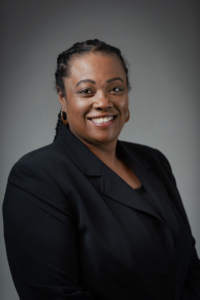
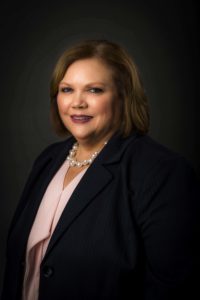 Pat Bishop
Pat Bishop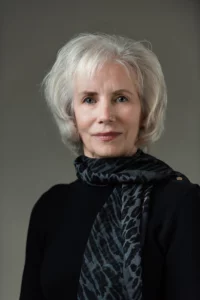 Elizabeth Ariemma
Elizabeth Ariemma Ray Jay Garcia, M.D.
Ray Jay Garcia, M.D.
 Heidi Young
Heidi Young Matt Kestenbaum
Matt Kestenbaum
 Anne Silao-Solomon, M.D.
Anne Silao-Solomon, M.D. Matthew Irwin, M.D., M.S.W.
Matthew Irwin, M.D., M.S.W. Catherine McGrady, RN, MSN, is Vice President, Clinical Programs at Capital Caring Health. In this role she is responsible for the development, implementation, and monitoring of clinical programs in support of high-quality patient-centered care delivery across the continuum of services. Catherine also manages external partnerships including Capital Caring Health’s participation in ACOs and other value-based clinical programs
Catherine McGrady, RN, MSN, is Vice President, Clinical Programs at Capital Caring Health. In this role she is responsible for the development, implementation, and monitoring of clinical programs in support of high-quality patient-centered care delivery across the continuum of services. Catherine also manages external partnerships including Capital Caring Health’s participation in ACOs and other value-based clinical programs Jason Sobel, MD
Jason Sobel, MD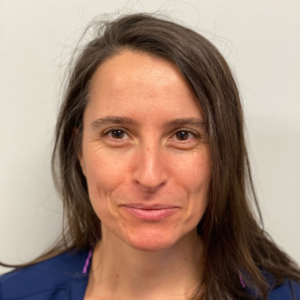 Kremena Bikov
Kremena Bikov Stacy Brown
Stacy Brown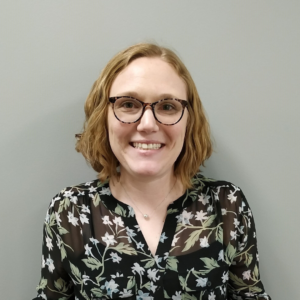 Jackie Gouline
Jackie Gouline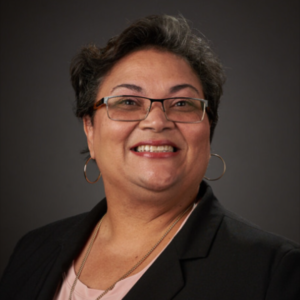 Susan Roberts
Susan Roberts Brenan Nierman
Brenan Nierman Annette Lindsay
Annette Lindsay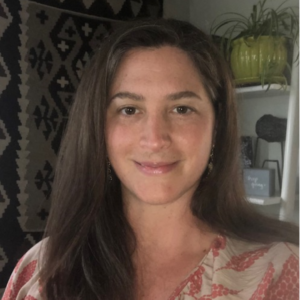 Shannon Collier
Shannon Collier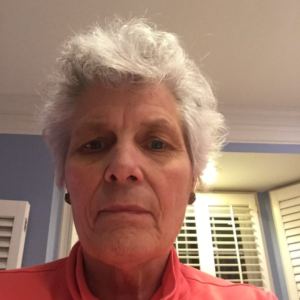 Carla Thompson
Carla Thompson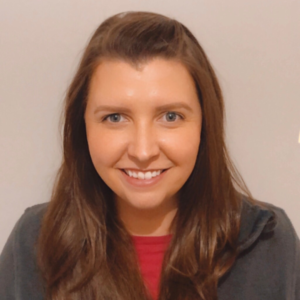 Gabby True
Gabby True Evan Kirschner
Evan Kirschner Margaret Doherty
Margaret Doherty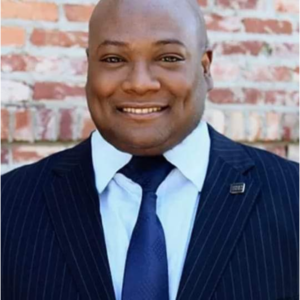 Henry Fuller
Henry Fuller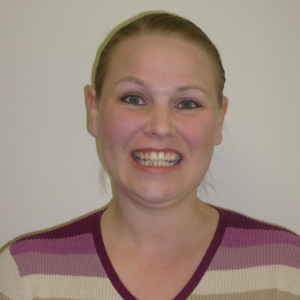 Jennifer Godwin
Jennifer Godwin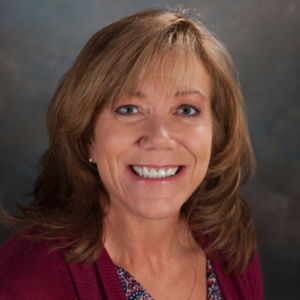 Sally Hughes
Sally Hughes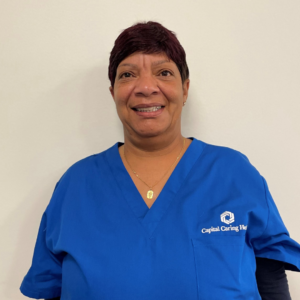 LaWanda Middleton
LaWanda Middleton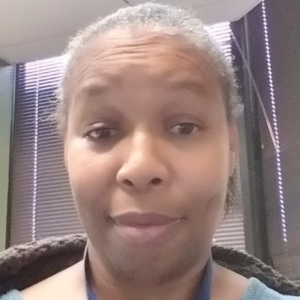 Hope Collazo
Hope Collazo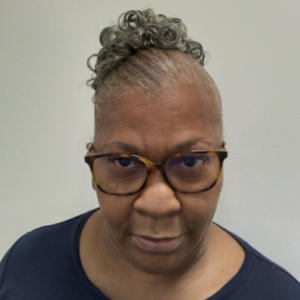 Odessa Simpson
Odessa Simpson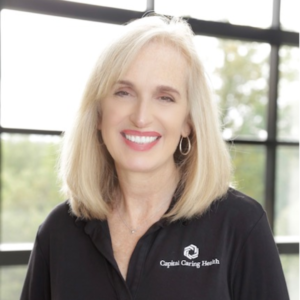 Anne Young
Anne Young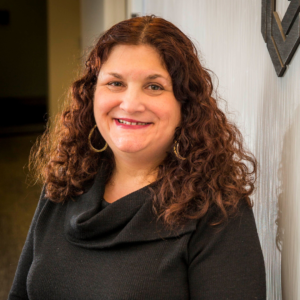 Sherri Parker
Sherri Parker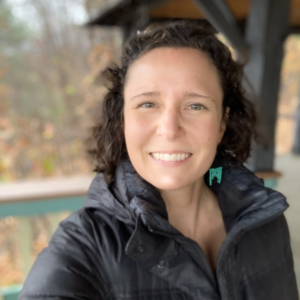 Catherine Kravolec
Catherine Kravolec Heidi Young, M.D.
Heidi Young, M.D.
 Hank Willner, M.D.
Hank Willner, M.D.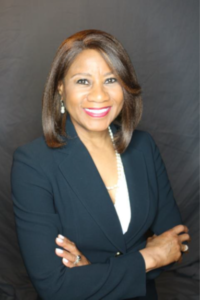 Audrey Easaw
Audrey Easaw Julia Feldman
Julia Feldman Gus has been a part of the Capital Caring Health family for nearly fifteen years. Ten of those years have been in leadership, working with colleagues and co-workers to achieve the best in their ability while promoting CCH core values. Gus has a background in nursing and a lifelong passion for technology. In each position at CCH, Gus has found ways to integrate technology to enhance outcomes and job satisfaction.
Gus has been a part of the Capital Caring Health family for nearly fifteen years. Ten of those years have been in leadership, working with colleagues and co-workers to achieve the best in their ability while promoting CCH core values. Gus has a background in nursing and a lifelong passion for technology. In each position at CCH, Gus has found ways to integrate technology to enhance outcomes and job satisfaction.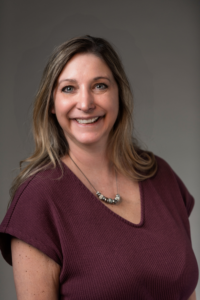
 Linda Biedrzycki
Linda Biedrzycki Joe Murray
Joe Murray Lin Maurano
Lin Maurano Laura Branker
Laura Branker Cameron Muir, M.D.
Cameron Muir, M.D. Cameron Muir, M.D.
Cameron Muir, M.D. Fellowship
Fellowship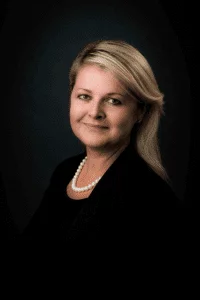 Lee-Anne West, M.D.
Lee-Anne West, M.D.
 Steve Cone
Steve Cone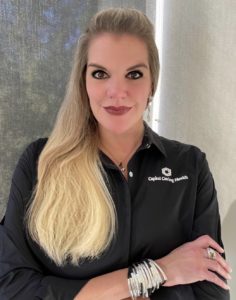

 Kieran Shah
Kieran Shah Altonia Garrett
Altonia Garrett Jason Parsons
Jason Parsons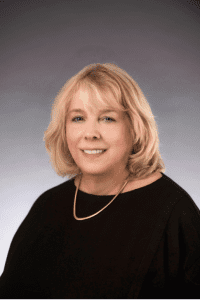 Nancy Cook
Nancy Cook Michael Byas-Smith, M.D.
Michael Byas-Smith, M.D. Olubukola Bolaji, M.D.
Olubukola Bolaji, M.D. Jennifer Gerhard, D.O.
Jennifer Gerhard, D.O. Hershell Foster
Hershell Foster Michael Toohig’s Story
Michael Toohig’s Story Liberating Europe
Liberating Europe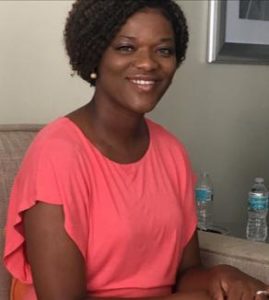 Marrygold Ugorji’s Story
Marrygold Ugorji’s Story Sherri Parker, Team Leader Medical Social Worker
Sherri Parker, Team Leader Medical Social Worker Colleen Carberry, RN Case Manager
Colleen Carberry, RN Case Manager Paulette Davidson, Chaplain
Paulette Davidson, Chaplain Donna Smith
Donna Smith Tabitha Gingerich, NP
Tabitha Gingerich, NP Dwayne Barton, NP
Dwayne Barton, NP Caitlin Geary
Caitlin Geary Sayaka Hanada
Sayaka Hanada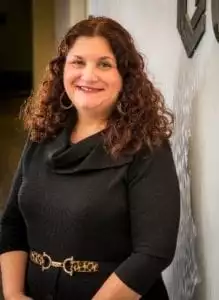 Sherri Parker
Sherri Parker
 Mandy Brouillard
Mandy Brouillard Tamara Barnes, M.D.
Tamara Barnes, M.D. Alan Goldblatt, M.D.
Alan Goldblatt, M.D. Amanda Keerbs, M.D.
Amanda Keerbs, M.D.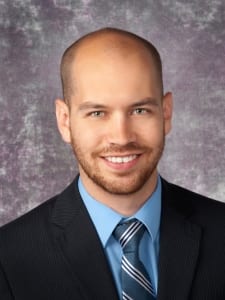 Adam Knudson, M.D.
Adam Knudson, M.D. Peyman Mamdouhi, D.O.
Peyman Mamdouhi, D.O. John McCue, D.O.
John McCue, D.O. Christopher Pile, M.D.
Christopher Pile, M.D. Maleeha Ruhi, M.D.
Maleeha Ruhi, M.D. Mohammad Saleem, M.D.
Mohammad Saleem, M.D. Jason Sobel, M.D.
Jason Sobel, M.D. Carolyn Richar
Carolyn Richar Susan Boris
Susan Boris Keith Everett
Keith Everett Vivian Hsia-Davis
Vivian Hsia-Davis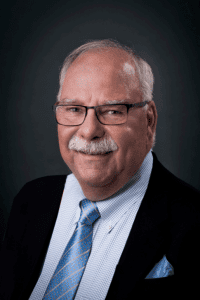 David Schwind
David Schwind Eric De Jonge, M.D.
Eric De Jonge, M.D. Melissa McClean, N.P.
Melissa McClean, N.P.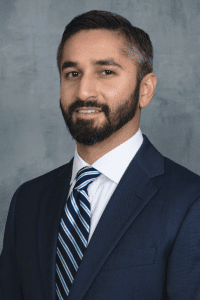 Shaz Anwar, D.O.
Shaz Anwar, D.O. Petros
Petros  Neil Parker’s Story
Neil Parker’s Story Sulaiman Bangura’s Story
Sulaiman Bangura’s Story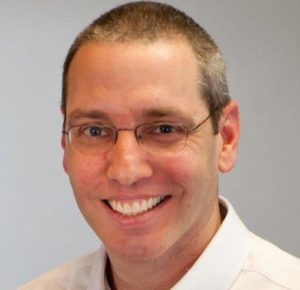 Steven Skobel’s Story
Steven Skobel’s Story